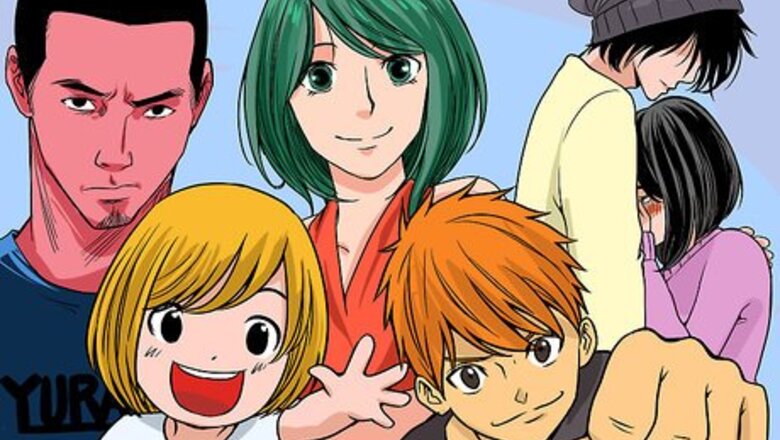
views
- Discover new manga genres and popular series, like shojo, shonen, Ghost in the Shell, and Love Hina.
- Read manga panels from right to left and top to bottom. For dialogue boxes within specific panels, move in the same direction.
- Follow characters' changing emotions. Sigh bubbles are for exasperation, vertical cheek lines are blushing, and sweat drops are embarrassment.
Choosing Manga
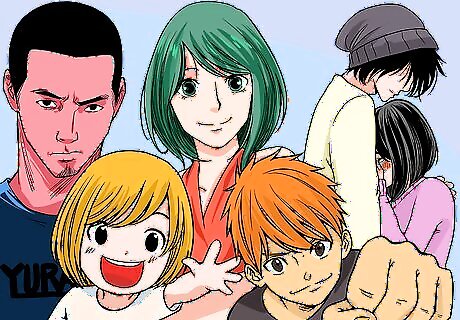
Learn about the different types of manga. There are five major types of manga. Seinen is also referred to as men’s manga. Women’s manga is known as josei. Shojo is girls’ manga, while shonen is boys’ manga. And children’s manga is called kodomo.
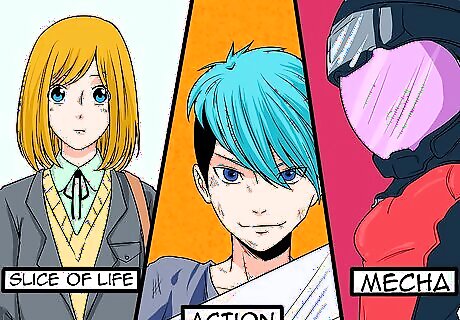
Explore the many genres of manga. Manga has many genres, covering numerous topics and themes. Some of the most common manga genres include action, mystery, adventure, romance, comedy, slice of life, science fiction, fantasy, gender bender, historical, harem, and mecha.
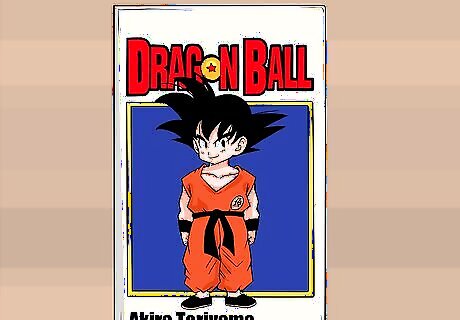
Learn about some popular manga series. Before you get started on reading your first manga, take some time to explore popular series. Some popular science fiction series include Ghost in the Shell and Akira. Well-known fantasy series include Dragon Ball and Pokemon Adventures. Love Hina is a popular slice of life manga series, and Mobile Suit Gundam 0079 is a series that is a mix of mecha and science fiction.
Getting Started
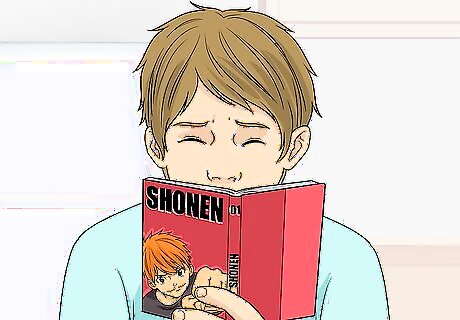
Select manga that suits your interests and personality. After you explore the different types and genres of manga and familiarize yourself with some popular series, it’s time to make a decision about what type of manga you’ll be reading. Go with your gut and choose something that really excites you!
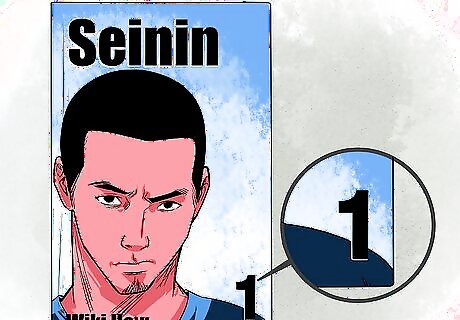
Begin with the first manga in the series. More often than not, manga are serialized and contain many stories. Make sure you start with the first story and work your way through the series chronologically. If a series is popular enough, its episodes might be published together in a collected volume. The issue and series are usually printed on the cover.
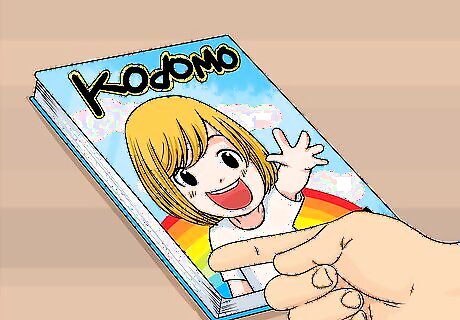
Lay the book down with the spine on the right side. Manga should be read with the magazine or book spine on the right. As you lay the manga down on a table, make sure the leaf ends are on the left and the spine is positioned to the right. This is "backwards" compared to English books.
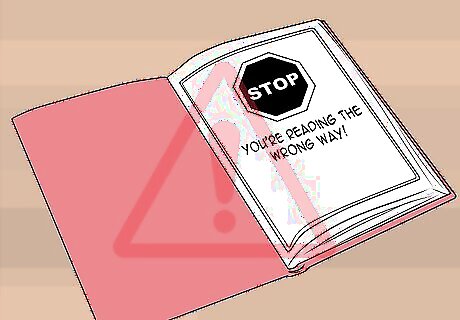
Start on the side with the title, author’s name, and edition. It’s important that you begin reading manga on the correct side. The front cover will usually contain the title of the manga along with the name of the author or authors. Flip the manga over if you come across a warning that says, “You’re reading the wrong way!”
Reading Panels
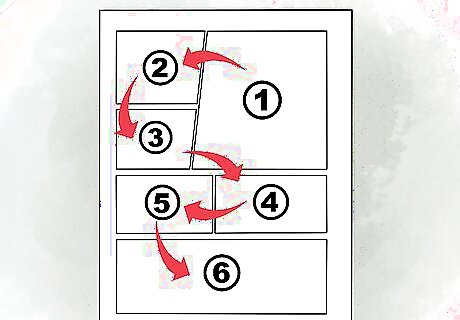
Read panels from right to left and in an up to down sequence. Like the pages of manga, individual panels should be read in a right to left sequence. Start reading each page by beginning with the panel that is in the upper right hand corner of the page. Read right to left and when you reach the edge of the page, go to the panel in the far-right of the following row of panels. If the panels are all arranged vertically, begin with the topmost panel. Even if the panels don't line up perfectly, stick to the right to left rule. Begin with the highest row or column and make your way - right to left - to the lowest row or column. Follow the right sequence for clarity. "As someone who read manga over 20 years ago, I had forgotten the right sequence for reading panels. This article clearly explained the right-to-left panel order, helping me regain clarity on the storylines." - Sarah S. Interpret characters' emotions for immersion. "I love manga but often missed emotional cues from characters. Learning to read blushing, sighs, and more from this guide let me immerse myself in the stories." - Maka A. Apply panel reading tips for enjoyment. "I struggled with following manga plots as a beginner. Using the exact panel and sequence reading tips here, I now read manga smoothly without losing the storyline." - Frankie S. Gain essential knowledge to start strong. "With zero background in manga, I found all explanations here—from genres to panel orders—extremely clear. I gained vital starter knowledge to pick series matching my taste." - Erci N. We want to hear from you! Advice from our readers makes our articles better. If you have a story you’d like to share, tell us here.
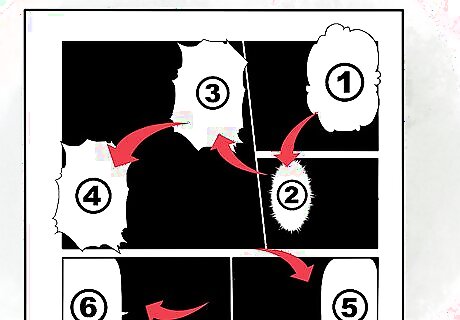
Read dialog balloons from right to left and up to down. Dialog balloons, which contain conversational text between characters, should also be read in a right to left sequence. Begin in the upper right hand corner of the individual panel and read the dialog balloons from right to left, and then up to down.
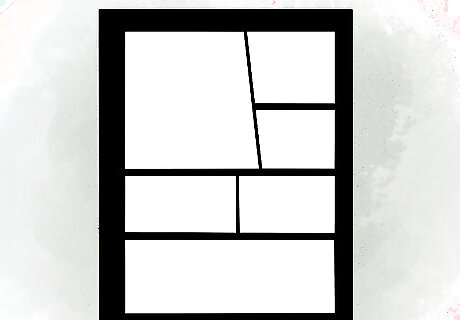
Read black panel backgrounds as a flashback. When a manga panel has a background that is black, it is usually indicating that the events illustrated in the panel happened prior to the story being depicted in the manga. Black backgrounds signal a flashback to an earlier event or time period.
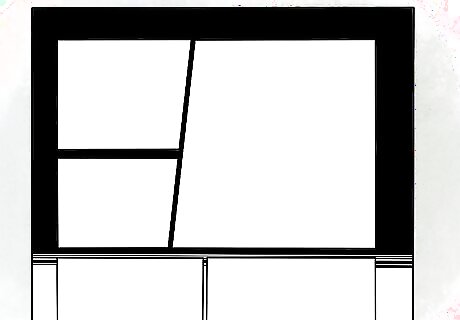
Read fading panel backgrounds as a transition from the past to the present. A page that contains a panel with a black background at the top, then panels with fading shades of gray, and finally a panel with a white background is depicting a time shift from the past (black panel) to the present (white panel).
Reading Characters’ Emotions
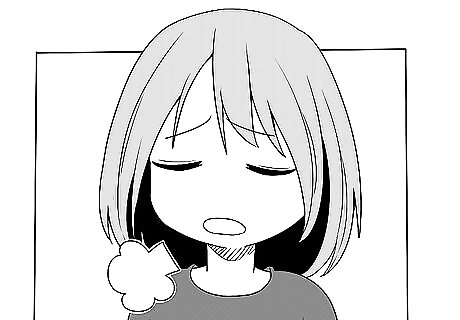
Read a sigh bubble as an expression of relief or a character’s exasperation. Oftentimes manga characters will be illustrated with an empty dialogue bubble at or below their mouth. This indicates that character is sighing, and can be interpreted as either relief or exasperation.
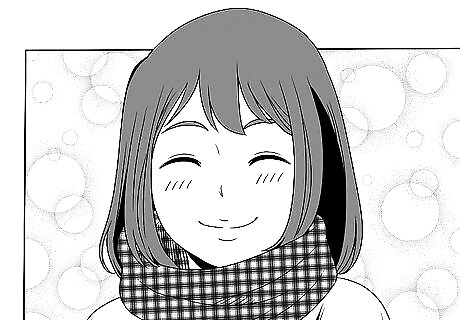
Interpret lines across a character’s facial area as blushing. Manga characters are often depicted as blushing with lines sketched across the nose and cheeks. Interpret these expressions as illustrations of a character being embarrassed, overjoyed, or even having romantic feelings toward another character.
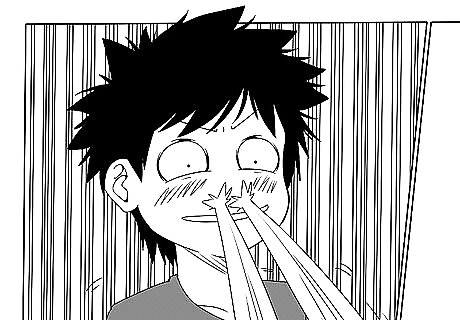
Read a nose bleed as lust, not injury. When a manga character appears on page with a nosebleed, this usually means they are having lustful thoughts about another character or are gazing lustfully at another character, usually a beautiful woman.
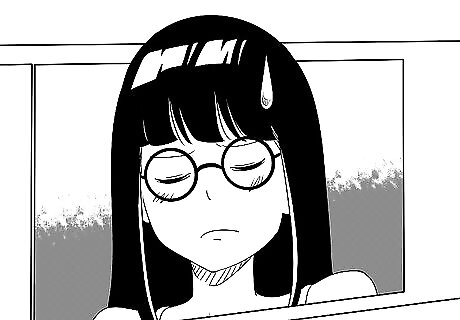
Interpret a sweat drop as embarrassment. Sometimes a sweat drop may appear near a character’s head. This usually indicates the character is embarrassed or feeling extremely uncomfortable in a given situation. This is usually less severe than the embarrassment depicted by blushing.
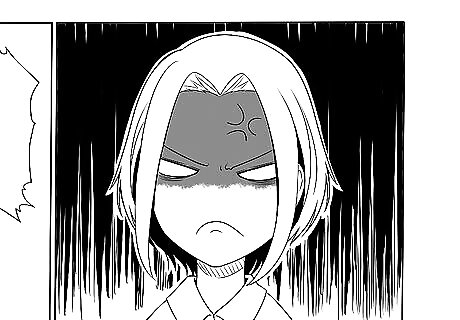
Read facial shadows and dark auras as anger, irritability, or depression. When a manga character appears in a panel with a purple, gray, or black blob or shadow floating in the background, this is usually indicative of the negative energy surrounding the character.

















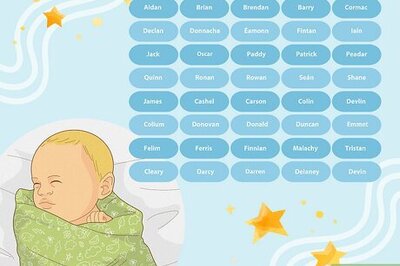


Comments
0 comment